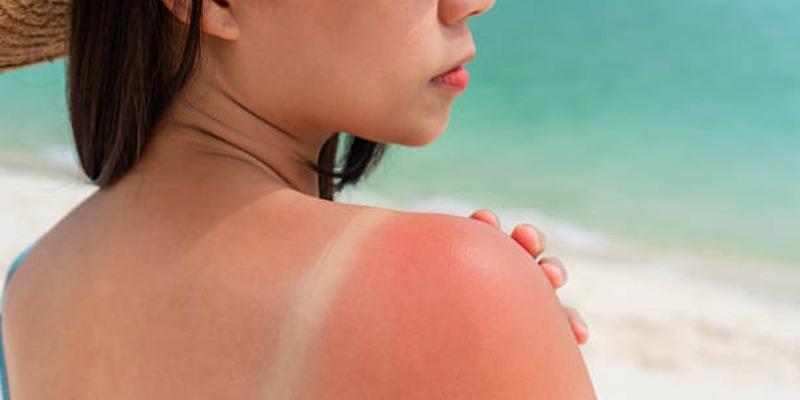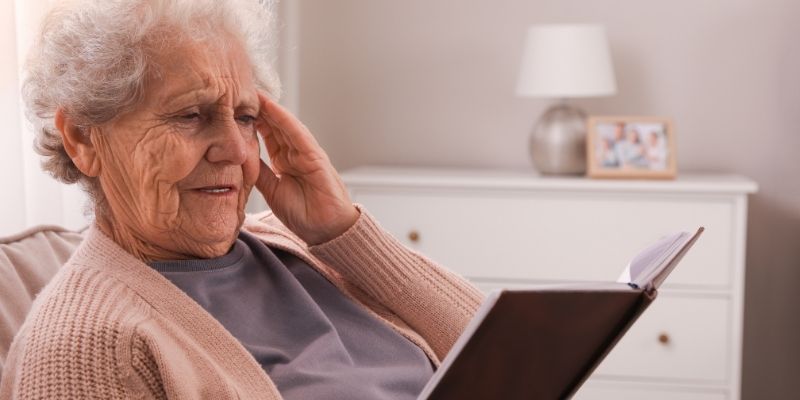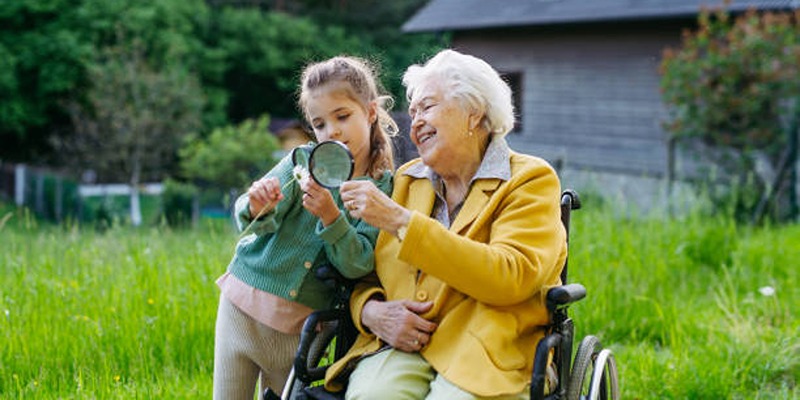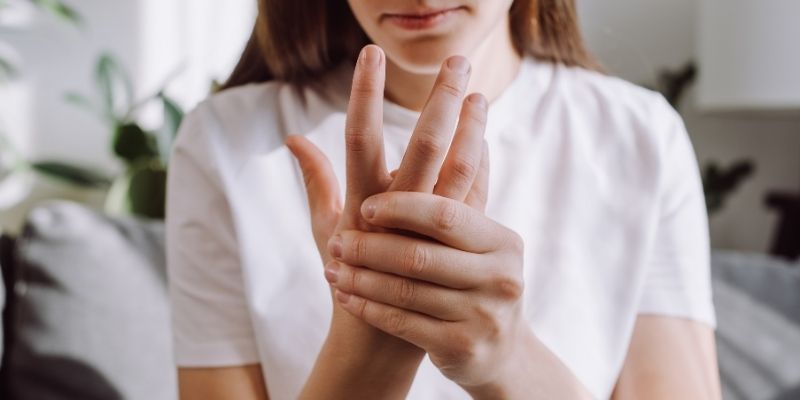Heat Rash: Recognizing Symptoms and Exploring Treatments
Heat rash also called prickly heat or miliaria is a skin condition that develops from trapped perspiration. It is characterized by one or more rash spots, which might be small, red bumps or linear, shaped like solid lines, and accompanied by itching or prickling sensations; normally, the rash is evident in the collarline or other regions of the body, including the back and skin folds, where sweating is likely to occur.
What is Heat Rash?
Heat rash, also called prickly heat or miliaria, occurs when sweat becomes trapped beneath the skin due to blocked sweat glands. This buildup leads to irritation, resulting in small, red, itchy bumps and sometimes a prickling or stinging sensation. While symptoms can vary, ranging from mild discomfort to more severe cases with inflammation or pain, heat rash is typically not serious.
The condition most often develops in areas where sweat accumulates, such as the neck, chest, back, groin, or skin folds, especially in hot and humid environments. To prevent it, try to stay cool, minimize sweating, and wear lightweight, breathable fabrics that allow air circulation.
Causes of Heat Rash:
Heat rash occurs when sweat ducts become blocked, preventing sweat from escaping. Key factors that contribute to its development include:
- Hot and Humid Weather: Prolonged exposure to warm, muggy conditions can lead to excessive sweating, increasing the likelihood of clogged sweat glands.
- Tight or Non-Breathable Clothing: Wearing fabrics that don't allow airflow can trap sweat against the skin, creating the perfect environment for irritation.
- Intense Physical Activity: Extended periods of exercise or strenuous activity can result in heavy sweating, which may overwhelm and block sweat ducts.
- Overheating: Overdressing or using thick blankets can trap heat and moisture, heightening the risk of heat rash.
Symptoms of Heat Rash:

Heat rash occurs when sweat ducts become blocked, trapping perspiration beneath the skin. The condition is classified into four types, each with distinct symptoms and varying levels of severity. Here's a detailed breakdown:
1. Miliaria Crystallina
The mildest and least bothersome type of heat rash, miliaria crystallina happens when sweat becomes trapped just beneath the skin's outer layer. Key symptoms include:
- Tiny, clear, or white fluid-filled bumps resembling droplets of water. These delicate bumps often burst with minimal contact.
- Little to no itching or discomfort, making it less noticeable compared to other forms.
2. Miliaria Rubra
Commonly referred to as prickly heat, this type is more irritating and occurs when sweat is trapped deeper in the skin, leading to inflammation. Symptoms typically include:
- Red, itchy bumps accompanied by localized irritation, often uncomfortable or even painful.
- A prickling or stinging sensation, especially in hot, humid environments.
- Reduced sweating in the affected area due to blocked glands, which can exacerbate overheating.
3. Miliaria Pustulosa
This type develops when miliaria rubra becomes infected, often due to bacteria entering the blocked sweat ducts. Symptoms include:
- Small, pus-filled blisters or pustules replacing the typical red bumps.
- Increased redness, swelling, and signs of inflammation, potentially indicating an active infection.
- Discomfort or pain that may require medical treatment, such as topical antibiotics.
4. Miliaria Profunda
The rarest and most severe form, miliaria profunda occurs when sweat seeps into the deeper layers of the skin. It is often seen in individuals with chronic heat rash or those exposed to extreme heat. Symptoms include:
- Firm, flesh-colored bumps resembling goosebumps or small nodules.
- A reduced ability to sweat in the affected areas, impairing the body's natural cooling process and increasing the risk of heat exhaustion or heatstroke.
- Symptoms of overheating, such as fatigue or a general inability to regulate body temperature effectively.
Risk Factors:
Certain groups are more vulnerable to heat rash, including:
- Infants: Underdeveloped sweat glands make babies particularly prone to heat rash.
- Residents of Hot Climates: Constant exposure to high temperatures significantly increases the risk.
- Individuals with Limited Mobility: Staying in one position for extended periods can cause localized heat rashes.
- Athletes: Intense physical activity often leads to excessive sweating, a common trigger for heat rash.
Tips to Prevent Heat Rash
Prevention is the best way to avoid heat rash. Here are some practical and effective strategies:
1. Keep Cool
- Use air conditioning or fans to create a comfortable indoor environment.
- Minimize exposure to extreme heat, especially during peak hours.
2. Wear Breathable Clothing
- Opt for loose-fitting clothes made from cotton or moisture-wicking fabrics to promote airflow and keep your skin dry.
3. Maintain Good Hygiene
- Shower regularly to wash away sweat and prevent clogged sweat ducts.
- Gently pat your skin dry after bathing to avoid irritation.
4. Stay Hydrated
- Drink plenty of water throughout the day to help regulate your body temperature and reduce the risk of overheating.
How to Treat Heat Rash?

Treating heat rash depends on its severity, but most mild cases resolve on their own. To ease discomfort and accelerate recovery, follow these steps:
1. Calm the Irritated Skin
Soothe the affected area by gently applying a cool, damp cloth for 15–20 minutes. Repeat this process several times throughout the day as needed. Opt for lukewarm showers or baths instead of hot water, which can worsen the irritation.
2. Apply Soothing Remedies
Over-the-counter treatments like calamine lotion or hydrocortisone cream can effectively reduce itching and discomfort. Apply a thin, even layer as directed on the packaging. For those who prefer natural options, aloe vera gel or coconut oil can provide relief—just be sure to test a small amount on your skin first to rule out any adverse reactions.
3. Limit Heat Exposure
Avoid further exposure to heat and stay in a cool, well-ventilated environment until the rash improves.
Common Misconceptions About Heat Rash
- It Only Affects Children: Although heat rash is more common in infants, adults can also experience it under the right conditions, especially in hot and humid environments.
- It’s Always a Serious Condition: Most cases of heat rash are mild and tend to resolve on their own without the need for medical treatment.
- It Can Be Ignored: Severe or recurring cases should never be ignored, as they can lead to complications like infections or heat-related illnesses if left untreated.
Conclusion:
Heat rash is a manageable condition that often occurs in hot, humid settings. Recognizing its symptoms and taking preventive steps can greatly reduce its frequency and discomfort. For persistent or severe cases, seeking advice from a healthcare professional is crucial to ensure effective treatment and prevent complications. Simple measures like staying cool, maintaining good hygiene, and staying hydrated are key to protecting your skin and keeping heat rash at bay.












